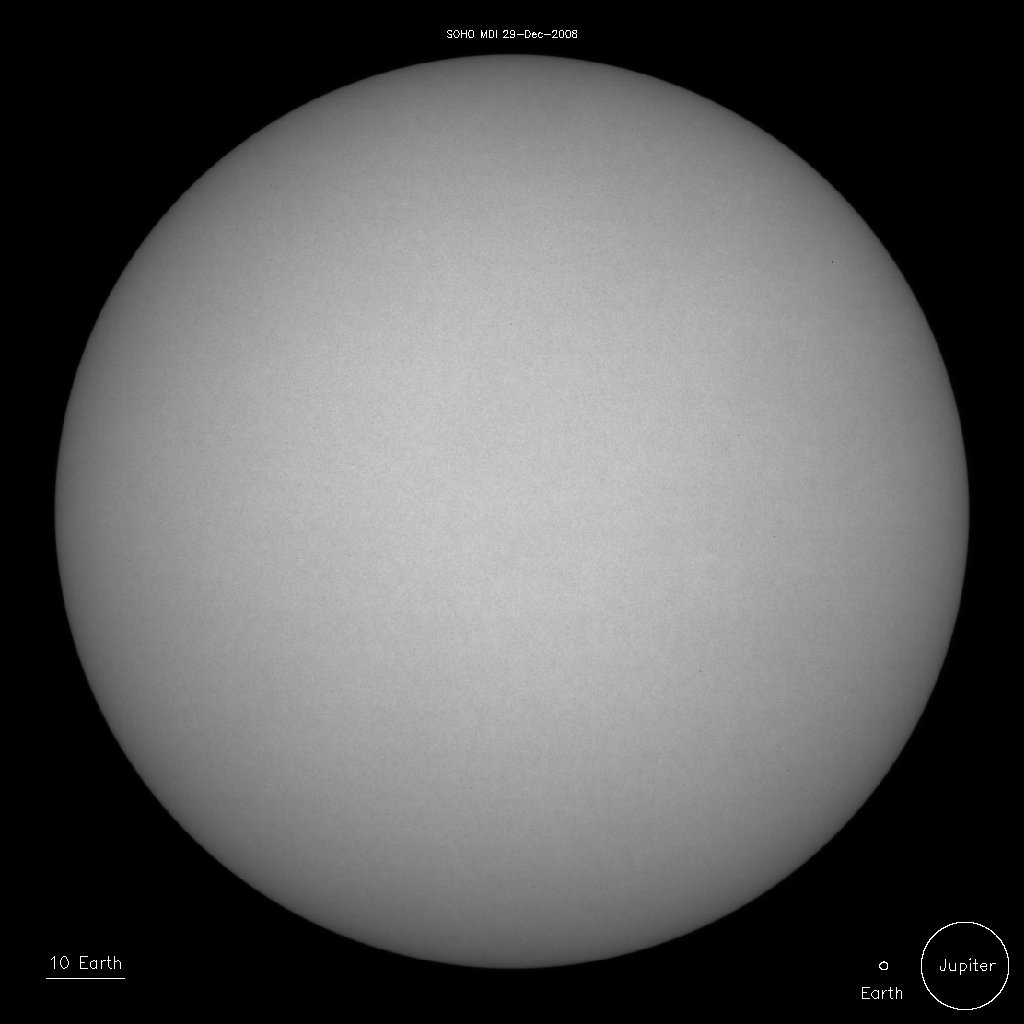The Sun undergoes quasi-periodic cycles of 22 years, which manifest most observably as 11 year sunspot cycles.
There have been 23 of these 11 year cycles in recorded history, going back to about 1750.
NOAA has a good summary.
The pre-historic cycles are done through reconstruction, and there is evidence for century scale variations superposed on the regular cycle, notably the multi-decade Maunder Minimum.
We just went through solar minumum, and cycle 24 is underway.
But, the current level of activity remains quite low.
It is not in the worryingly anomalous range yet - not like we can say we're entering a new Maunder Minumum - but it is getting curious. The predicted activity is for about 10 sunspots on average, by now, and the observed numbers is significantly lower, with continued stretches of multiple days with no sunspots.
It will be interesting to see how the next few months trend.
This is of practical interest, for ionospheric activity, stability of electrical transmission networks, survival of satellites, and global temperature.


Que in the AGW denialists...
Just a couple of things about this. If we're entering a period of significantly decreased solar activity:
1) It will be a great way to test climate sensitivity as determined by climate models.
2) It might buy us some time before we get into some real dangerous climate change.
Water vapour is the most important green house gas followed by methane. The third most important greenhouse gas is CO2, and it does not correlate well with global warming or cooling either; in fact, CO2 in the atmosphere trails warming which is clear natural evidence for its well-studied inverse solubility in water: CO2 dissolves in cold water and bubbles out of warm water. The equilibrium in seawater is very high, making seawater a great 'sink'; CO2 is 34 times more soluble in water than air is soluble in water.
Correlation is not causation to be sure. The causation has been studied, however, and while the radiation from the sun varies only in the fourth decimal place, the magnetism is awesome. As I understand it, the hypothesis of the Danish National Space Center goes as follows:
Quiet sun â reduced magnetic and thermal flux = reduced solar wind â geomagnetic shield drops â galactic cosmic ray flux â more low-level clouds and more snow â more albedo effect (more heat reflected) â colder climate
Active sun â enhanced magnetic and thermal flux = solar wind â geomagnetic shield response â less low-level clouds â less albedo (less heat reflected) â warmer climate
That is how the bulk of climate change might work, coupled with (modulated by) sunspot peak frequency there are cycles of global warming and cooling like waves in the ocean. When the waves are closely spaced, the planets warm; when the waves are spaced farther apart, the planets cool.
Using a box of air in a Copenhagen lab, physicists traced the growth of clusters of molecules of the kind that build cloud condensation nuclei. These are specks of sulphuric acid on which cloud droplets form. High-energy particles driven through the laboratory ceiling by exploded stars far away in the Galaxy - the cosmic rays - liberate electrons in the air, which help the molecular clusters to form much faster than climate scientists have modeled in the atmosphere. That may explain the link between cosmic rays, cloudiness and climate change.
The ultimate cause of the solar magnetic cycle may be cyclicity in the Sun-Jupiter centre of gravity. We await more on that. In addition, although the post 60s warming period is over, it has allowed the principal green house gas, water vapour, to kick in with humidity, clouds, rain and snow depending on where you live to provide the negative feedback that scientists use to explain the existence of complex life on Earth for 550 million years. The planet heats and cools naturally and our gasses are the thermostat. Check the web site of the Danish National Space Center.
Keeping in mind that windmills are hazardous to birds, be wary of the unintended consequences of believing the all-knowing environmental lobby groups.
Francis Manns- unfortunately there are a number of errors in your post. Firstly, CO2 increases are correlated well enough with the recent (last century or so) of warming, given all the other things going on, from solar changes to changes in oceanic currents. Therefore your dismissal of anthropogenic CO2 and other human produced gases completely negates whatever other point you are trying to make.
Oh, and theres still no real evidence for the cosmic rays and temp/ clouds hypothesis. Good idea in its time, but still lacking support.